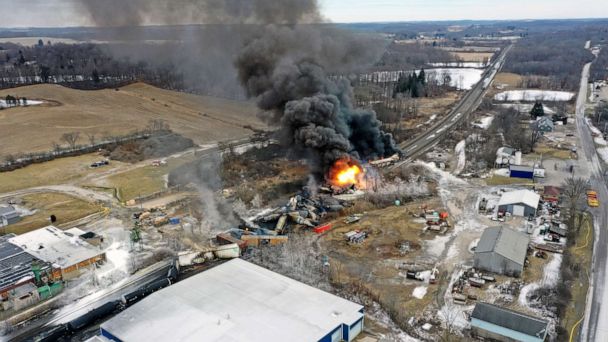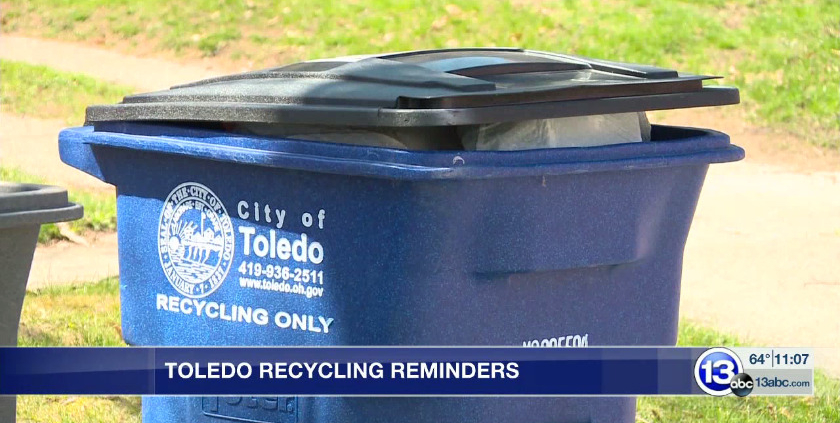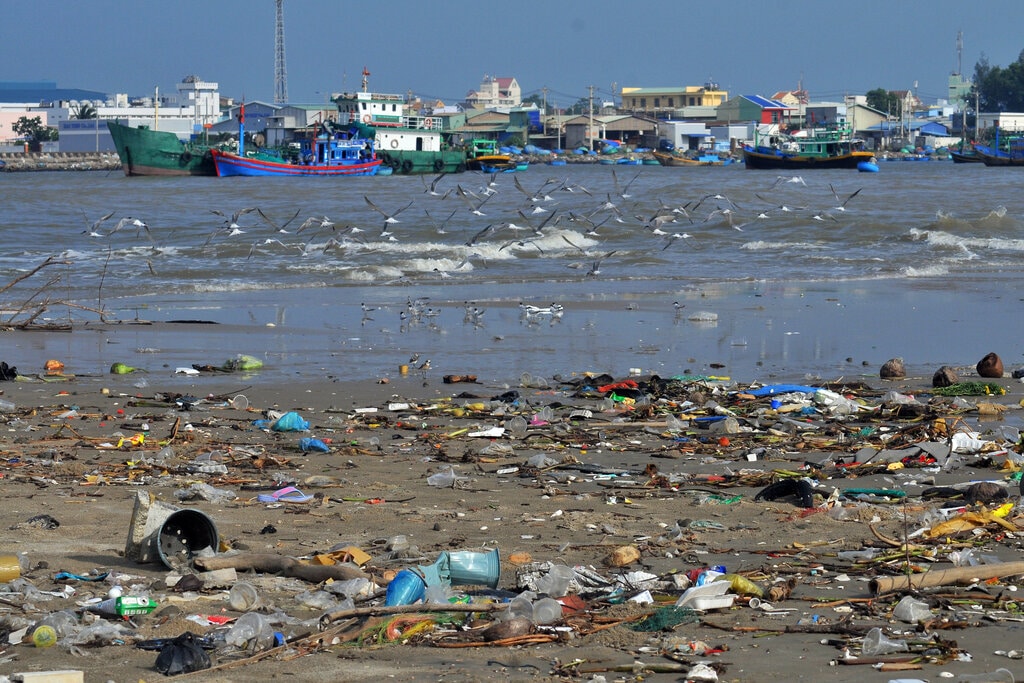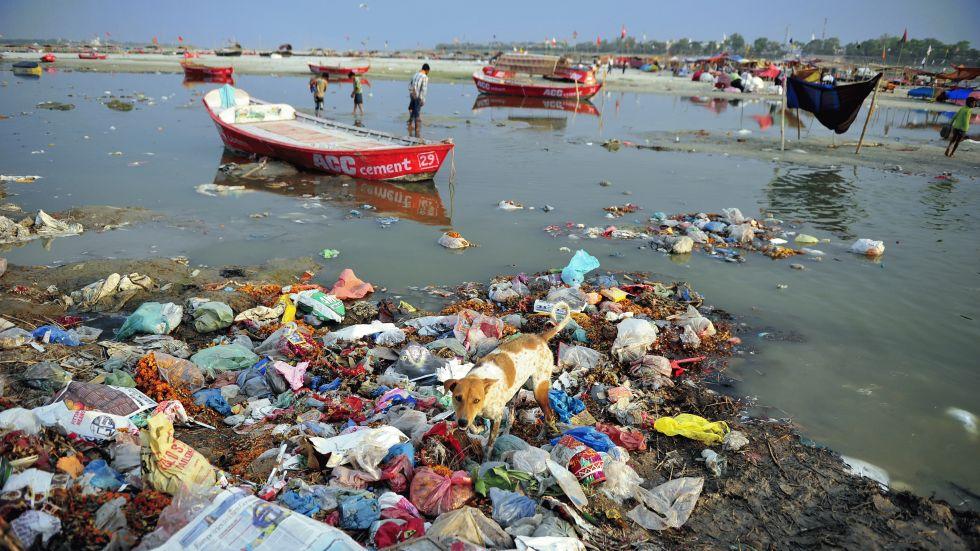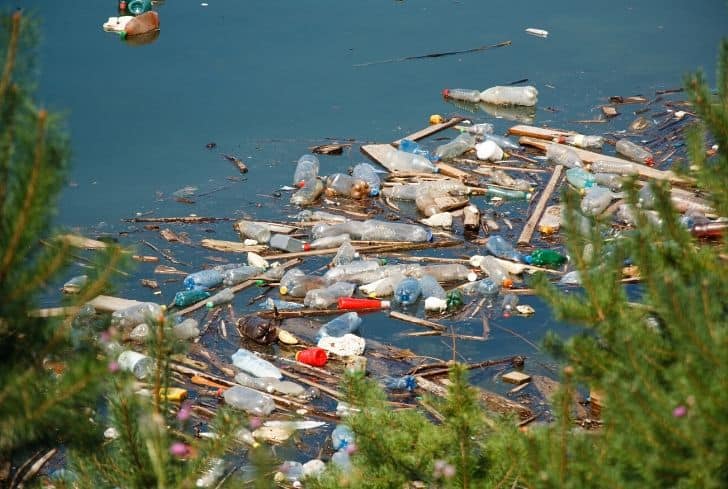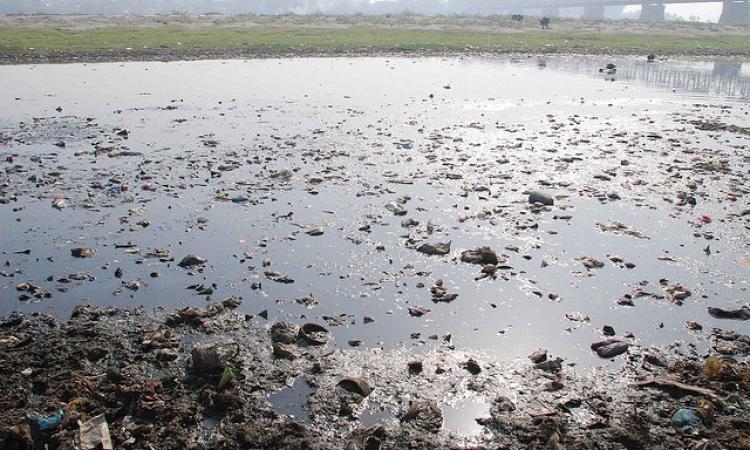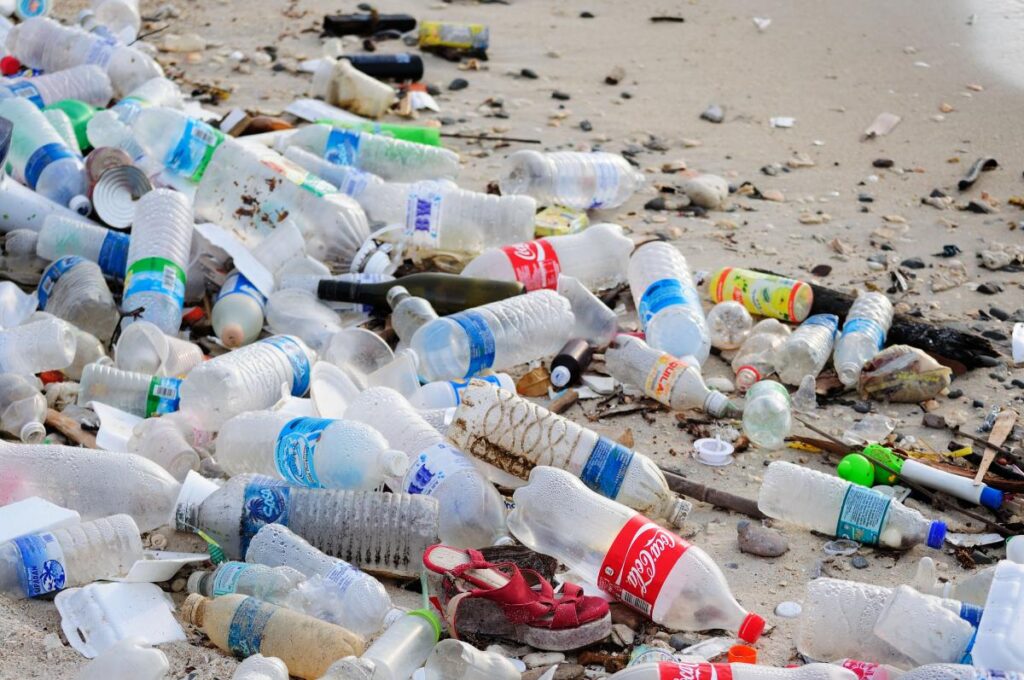Municipal Solid Waste in the USA: Challenges and Solutions
Municipal Solid Waste is a significant environmental issue in the United States, as it generates pollution and endangers the environment. As the nation’s population and consumption patterns continue to grow, so does the generation of waste. The management of MSW poses complex challenges to local, state, and federal authorities, requiring innovative and sustainable solutions to mitigate its environmental impacts.
Overview of Municipal Solid Waste in the USA
The United States generates an enormous amount of waste each year. According to the Environmental Protection Agency (EPA), in 2019, approximately 292.4 million tons of MSW were produced, equivalent to about 4.9 pounds per person per day. This staggering volume of waste stems from diverse sources, including residential, commercial, institutional, and industrial sectors.
The Challenges
Landfill Overflow: Historically, much of the MSW in the USA has been disposed of in landfills. Over time, these landfills have become overcrowded, leading to increased environmental concerns such as groundwater contamination and methane emissions, a potent greenhouse gas.
Recycling and Diversion Rates: While recycling has gained popularity in recent years, the USA still faces challenges with low recycling rates. Despite efforts to promote recycling and waste diversion programs, a significant portion of recyclable materials continues to end up in landfills.
Plastic Waste: Plastic, one of the most common components of MSW, poses a significant problem due to its non-biodegradable nature. Inefficient disposal of plastic waste in particular can lead to harmful effects on all forms of wildlife, marine ecosystems, and even human health.
Waste-to-Energy Controversy: Waste-to-energy facilities, which incinerate MSW to generate electricity, have been proposed as a potential solution to reduce landfill use. However, concerns about air pollution and the potential to discourage recycling have sparked debate over their environmental and economic impact.
Inadequate Infrastructure: The country’s waste management infrastructure faces challenges such as outdated facilities, inadequate waste collection systems, and insufficient funding for comprehensive waste management programs.
Solutions and Initiatives
Source Reduction and Waste Minimization: Encouraging source reduction and waste minimization practices can significantly reduce the amount of waste generated. This can be achieved through educational campaigns, consumer awareness, and encouraging businesses to adopt sustainable packaging and production practices.
Improved Recycling Programs: Expanding and enhancing recycling programs is vital to diverting more waste away from landfills. Municipalities can incentivize recycling and invest in better recycling technologies to handle a broader range of materials.
Composting: Implementing widespread composting programs can divert organic waste from landfills, leading to the production of valuable compost for agricultural purposes and reducing greenhouse gas emissions.
Extended Producer Responsibility (EPR): EPR programs hold manufacturers responsible for the entire lifecycle of their products, including proper disposal. This approach encourages more sustainable product design and materials, as manufacturers bear the cost of managing end-of-life products.
Waste-to-Energy with Emissions Controls: Investing in advanced waste-to-energy facilities with rigorous emissions controls can provide an alternative to landfills while producing clean energy.
Plastic Waste Management: Implementing effective plastic waste management strategies, such as banning single-use plastics, promoting alternatives, and improving recycling infrastructure, can help combat plastic pollution.
Community Engagement: Engaging local communities in waste management initiatives fosters a sense of responsibility and increases participation in recycling and waste reduction efforts.
Government Policy and Incentives: Enacting comprehensive waste management policies and offering financial incentives to municipalities and businesses can stimulate sustainable practices and infrastructure development.
Municipal Solid Waste management in the USA is a complex challenge that demands a multi-faceted approach. Addressing the growing waste generation requires collaboration between government, industry, and citizens. By prioritizing source reduction, recycling, composting, waste-to-energy with strict emissions controls, and responsible plastic waste management, the nation can move towards a more sustainable future.
Revolutionizing Waste Management Solutions in Nevada
Nevada, known for its stunning landscapes and vibrant cities, faces its fair share of waste management challenges. With a growing population and increasing urbanization, the state has been actively seeking innovative solutions to handle its waste more sustainably. Various initiatives have been implemented, emphasizing waste reduction, recycling, and cutting-edge technologies. This article explores some of the waste management solutions in Nevada that are paving the way for a cleaner and greener future.
Recycling Programs: Nevada has been actively promoting recycling to divert valuable materials away from landfills. Local municipalities have set up comprehensive recycling programs that accept a wide range of materials, including paper, glass, plastics, and metals. Public awareness campaigns have been instrumental in encouraging residents to participate in recycling and separate recyclable materials from their household waste.
Waste-to-Energy Facilities: Waste-to-energy (WTE) facilities have gained traction in Nevada as an alternative to traditional landfill disposal. These facilities can convert non-recyclable waste into energy, such as electricity or heat, instead of just letting the waste rot and pollute. By harnessing the potential energy within the waste, WTE facilities help reduce the volume of waste sent to landfills while simultaneously producing renewable energy.
Composting Initiatives: Recognizing the environmental benefits of composting, Nevada has been actively promoting organic waste diversion. Composting facilities are set up to process organic waste, such as food scraps and yard trimmings, into nutrient-rich compost. This compost can then be used to enrich soils, enhancing agricultural productivity and reducing the need for chemical fertilizers.
E-waste Recycling: With the rise of electronic devices’ consumption, e-waste has become a significant concern. Nevada has implemented specialized e-waste recycling programs to ensure the proper disposal and recycling of electronic devices. These initiatives prevent hazardous materials from ending up in landfills and encourage the recovery of valuable resources like metals and precious metals found in electronics.
Sustainable Business Practices: Many businesses in Nevada have embraced sustainable waste management practices, aiming to reduce waste generation and implement recycling programs. Some companies have adopted “zero waste” goals, striving to minimize waste sent to landfills and promote a circular economy by reusing and recycling materials.
Community Engagement and Education: Public participation is crucial to the success of waste management initiatives. Nevada has been actively engaging communities through educational programs, workshops, and outreach events. By raising awareness about waste management’s importance and offering guidance on proper waste disposal and recycling practices, the state fosters a sense of responsibility among residents and businesses.
Legislation and Policy: Nevada’s government has been proactive in enacting legislation and policies to support sustainable waste management practices. This includes regulations to encourage recycling, reduce single-use plastics, and promote waste diversion efforts.
Private-Public Partnerships: Collaboration between the government, private sector, and non-profit organizations has proven effective in addressing waste management challenges. Public-private partnerships facilitate the sharing of resources, knowledge, and technology, leading to more efficient and innovative waste management solutions.
Nevada and Reno in particular are making significant strides in waste management solutions to tackle the environmental impacts of waste generation. By embracing recycling, waste-to-energy technologies, composting, and e-waste recycling, the state is positioning itself as a leader in sustainable waste management practices. Engaging communities, implementing forward-thinking policies, and fostering public-private partnerships are crucial elements in transforming waste management and paving the way towards a greener and more sustainable Nevada.
List of Sources
- https://ndep.nv.gov/land/waste/solid-waste/solid-waste-management-plan
- https://www.reviewjournal.com/local/local-las-vegas/nevada-has-a-trash-problem-but-in-reverse/
- https://dumpsterrentalreno.net/
- https://betterohio.org/from-trash-to-treasure-unveiling-the-recycling-secrets-of-paper-metal-wood-glass-and-plastics/
- https://betterohio.org/waste-management-issues-in-cincinnati/


